

William Stopford
The cars revealed in 2025 we wish would come to Australia
3 Hours Ago

Founder
Ford is getting ready to turn the dual-cab ute and ute-based SUV segment on its head, with segment-leading engine and in-car technology set to launch in the next-generation Ford Ranger and Ford Everest.
CarExpert reader Austin has snapped images and a video of Ford testing the 2022 Ford Ranger and 2022 Ford Everest on the streets of Melbourne ahead of their release, detailing the new interior.
As exclusively reported by CarExpert in 2020, the next-generation Ford Ranger and Ford Everest (known as the Endeavour in some markets) will pick up a series of new engines and technology when they’re released in 2022.
Three new engines will form part of the Ranger and Everest mix, creating an offering of four engines in total.
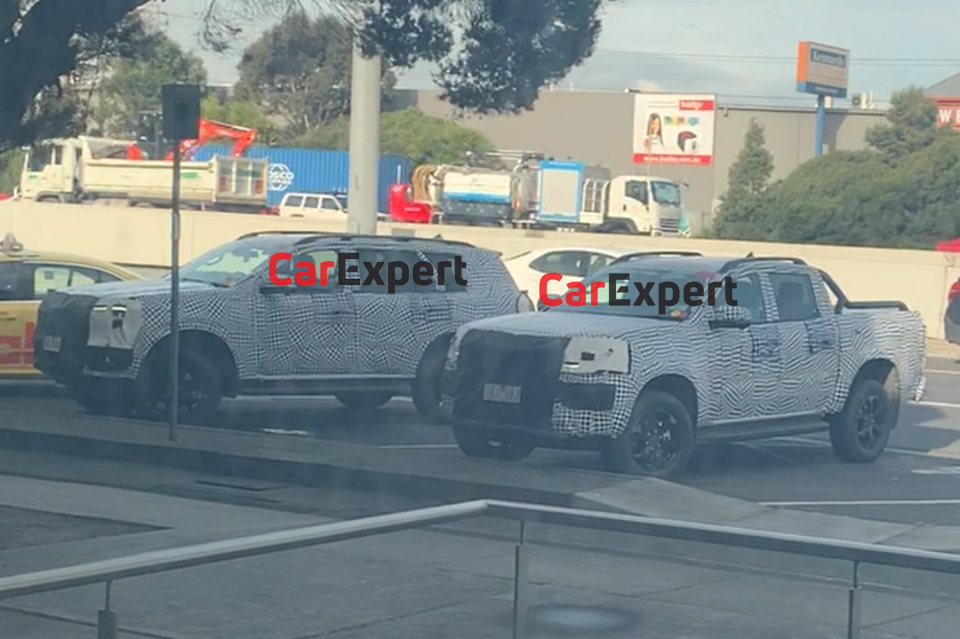
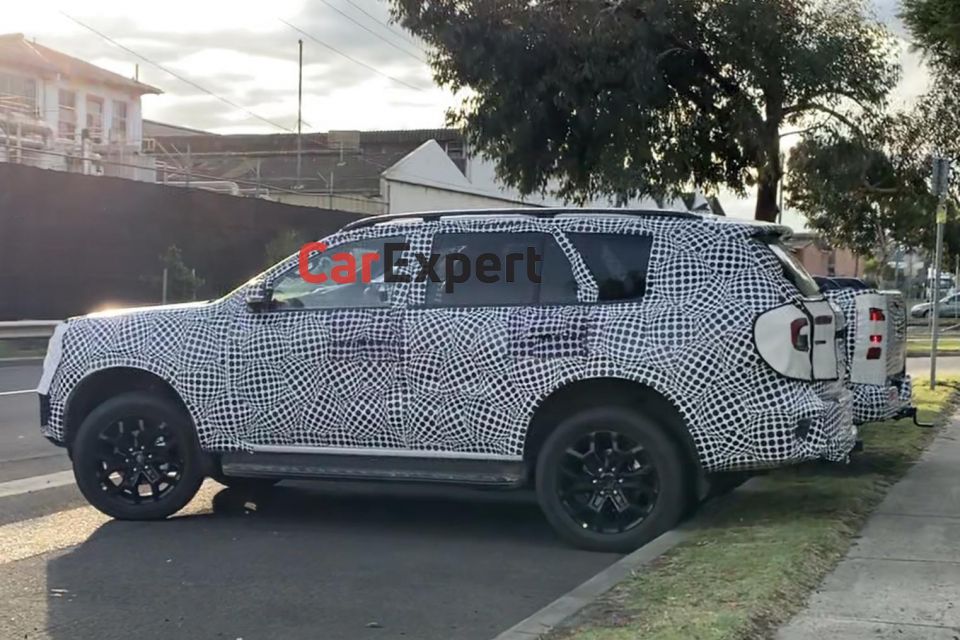
In addition to investing in electric vehicles, Ford is spending big on infotainment and connected car technology.
Both the Ranger and Everest are expected to be offered with the brand’s SYNC4 infotainment system, which is delivered via a new 15.5-inch vertical infotainment screen in the centre of the cabin that comes with wireless Apple CarPlay and Android Auto.
It’ll be joined by a 12-inch screen ahead of the driver showing speed and trip computer information.
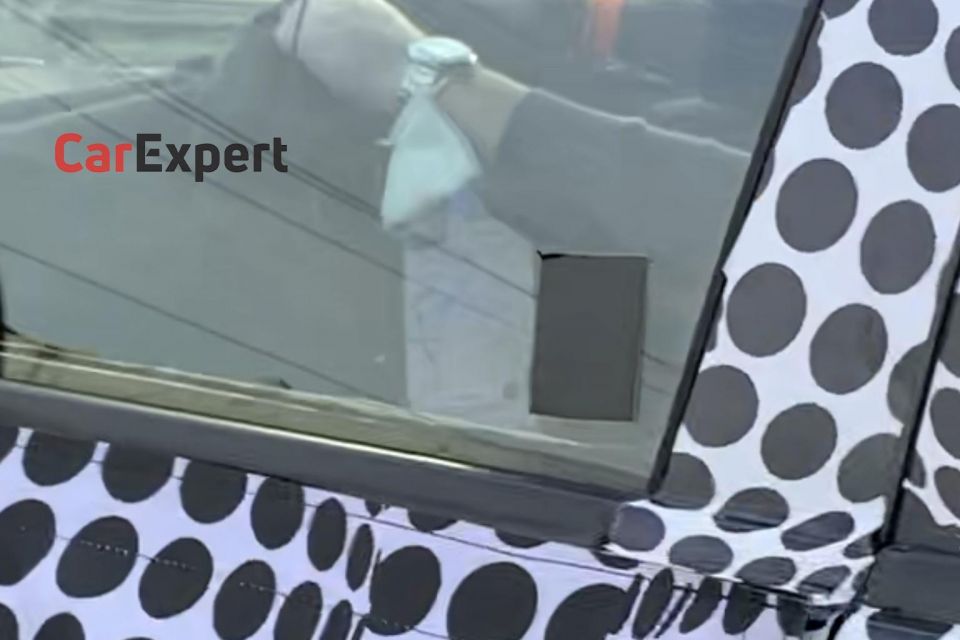
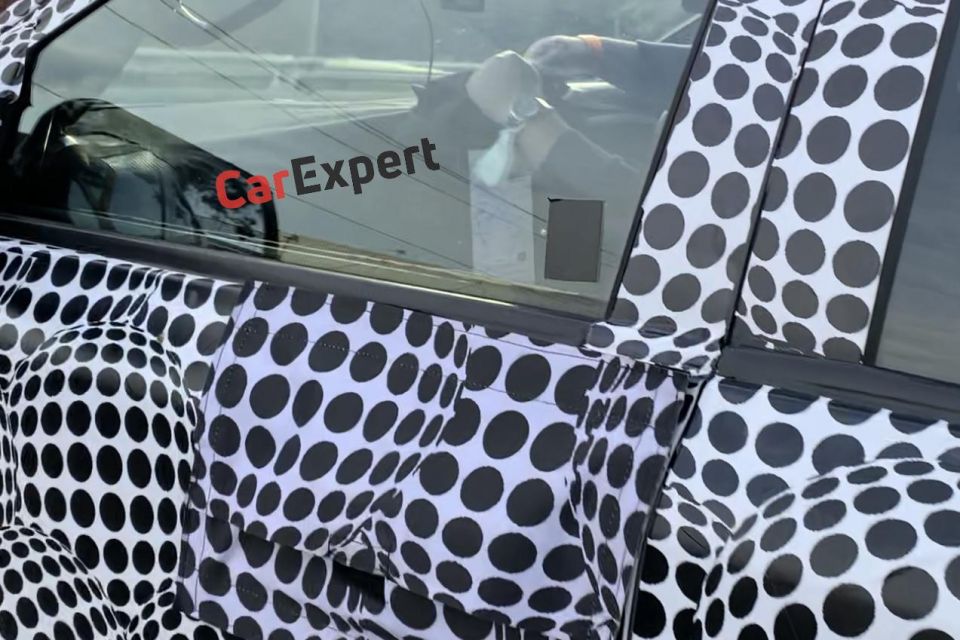
While the vertical screen is likely to be limited to top-specification models, lower models in the range are expected to pick up a 12-inch infotainment screen that also features SYNC4 and wireless Apple CarPlay and Android Auto.
In addition to wireless smartphone mirroring, both the Ranger and Everest will launch with FordPass Connect, which allows owners to connect to their vehicle remotely to start it, monitor vehicle conditions and perform functions such as locking and unlocking.
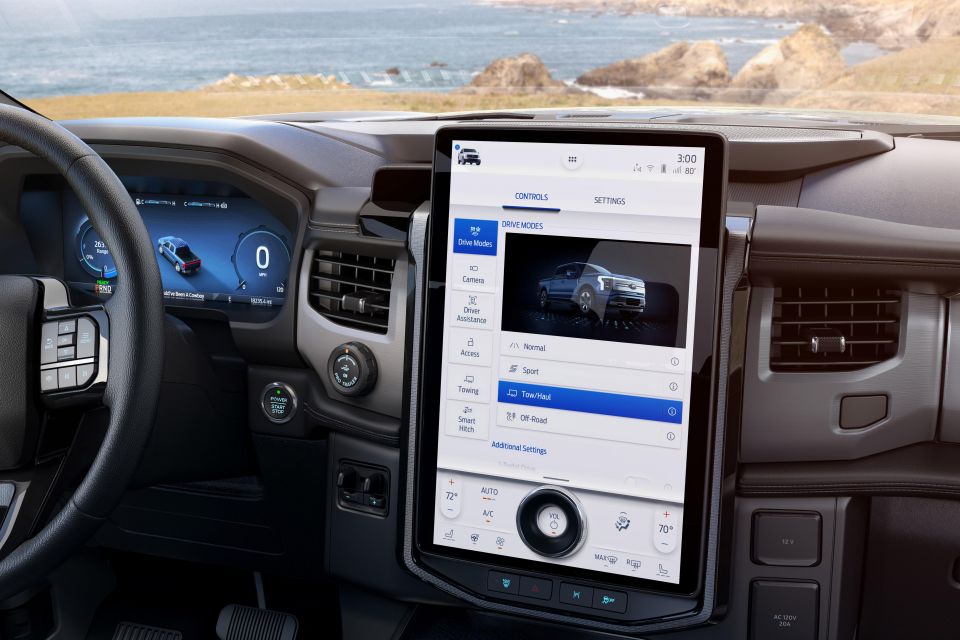
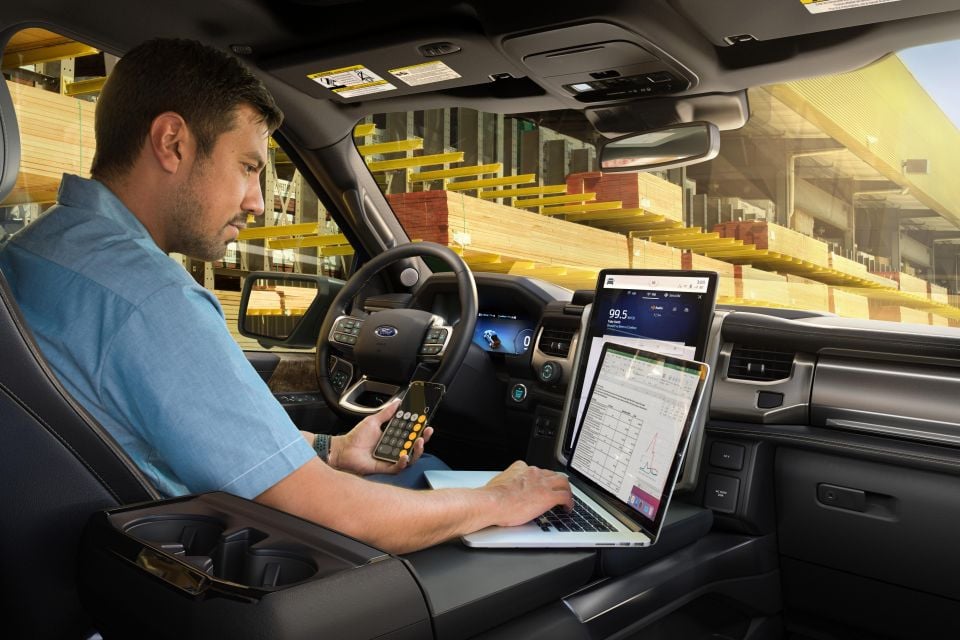
Our spy photos and footage suggest that Ford will also offer a 360 camera for the first time in Ranger and Everest, with semi-autonomous parking with front and rear parking sensors expected to remain to complement the parking package.
Ford will kick the 2022 Ford Ranger and Ford Everest off by deleting the ability to purchase either model with its ageing 3.2-litre five-cylinder turbo-diesel engine.
The default engine will be a 2.0-litre twin-turbocharged four-cylinder diesel producing 157kW of power and 500Nm of torque. There’s a chance that Ford will bump the power or torque figures of this engine up to sit just ahead of its nearest competitors.
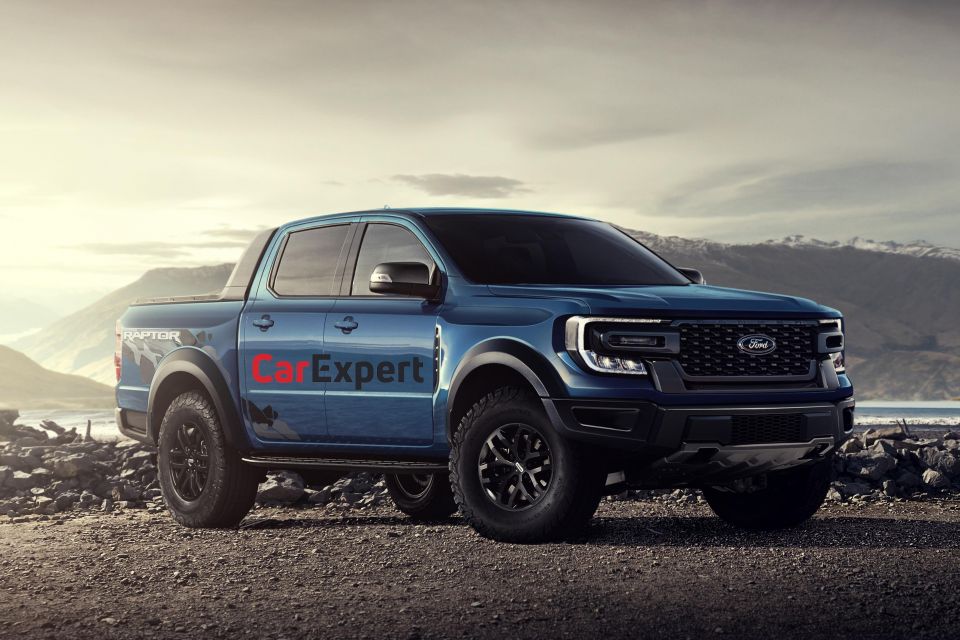
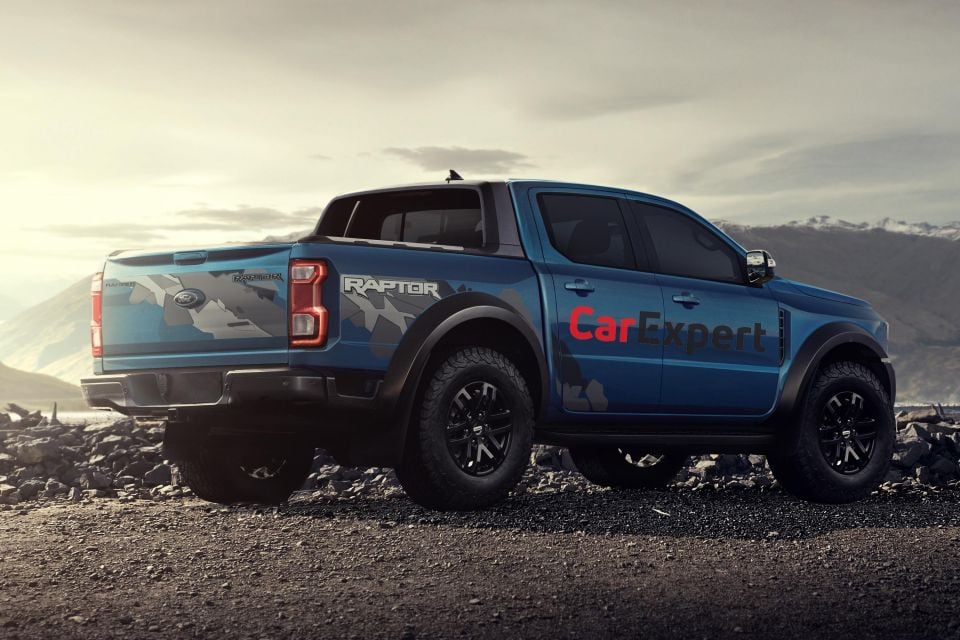
Buyers will be able to step up to a six-cylinder turbo-diesel engine as an option on the top model grades. That engine will be a 3.0-litre turbocharged six-cylinder diesel making 186kW of power and 600Nm of torque.
The six-cylinder diesel engine is currently used in the American F-150. The V6 diesel engine was released in June 2018, and helps the F-150 offer a towing capacity of over 5000kg with a braked trailer. That engine will shortly be discontinued from the F-150 range, meaning there should be adequate supply for Ranger and Everest globally.
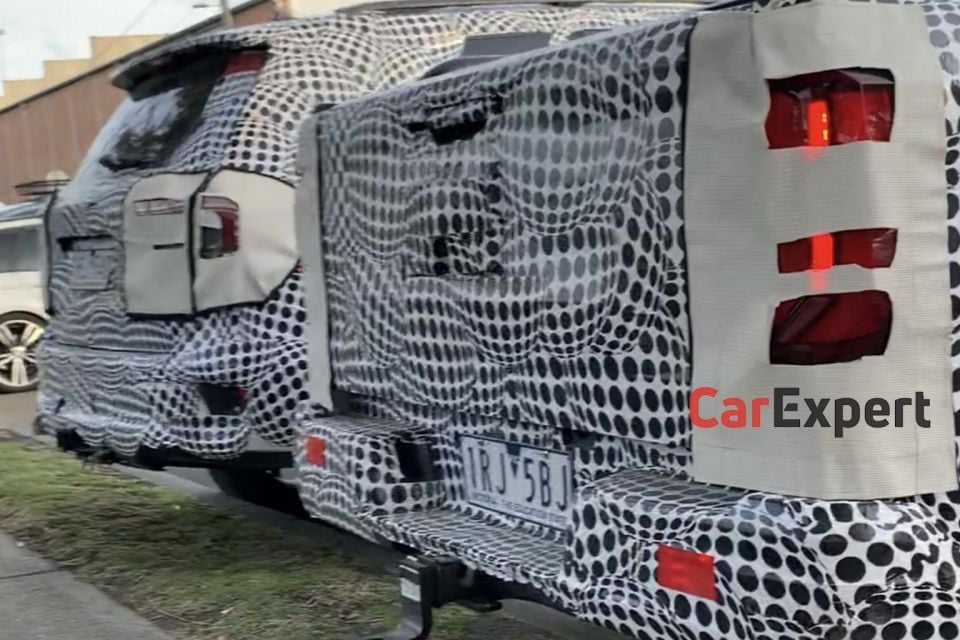
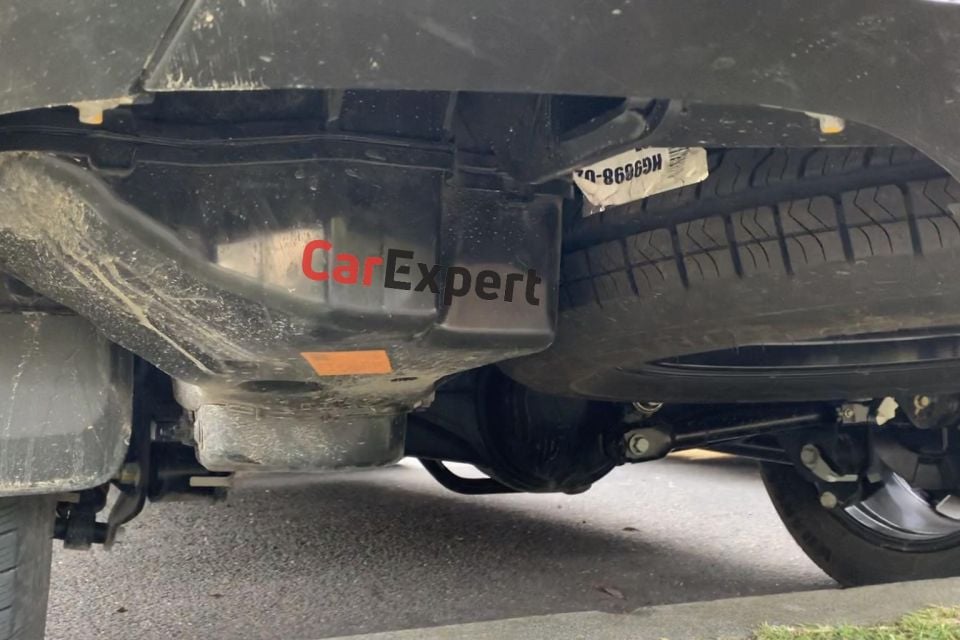
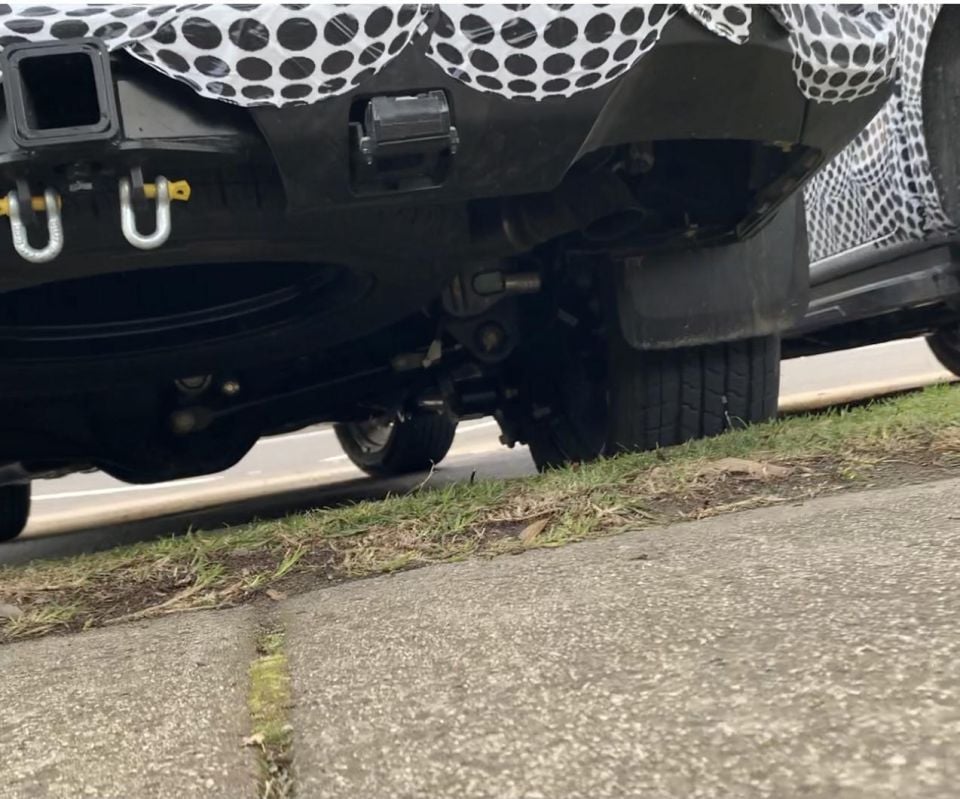
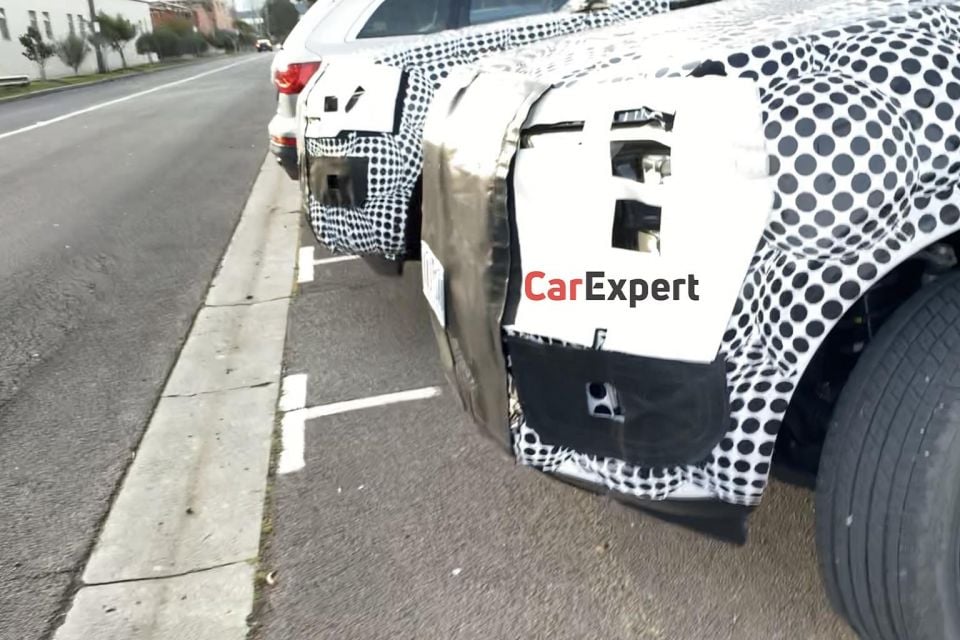
Currently, the only V6-powered diesel ute on the market is the Volkswagen Amarok V6. Given the next generation Amarok will share a platform with the Ranger, Ford will want to ensure power or torque outputs exceed the current 190kW (200kW on overboost) and 580Nm on offer from the VW diesel engine.
A 2.7-litre EcoBoost petrol engine is likely to feature in the Ranger Raptor (although this may not be for the Australian market).
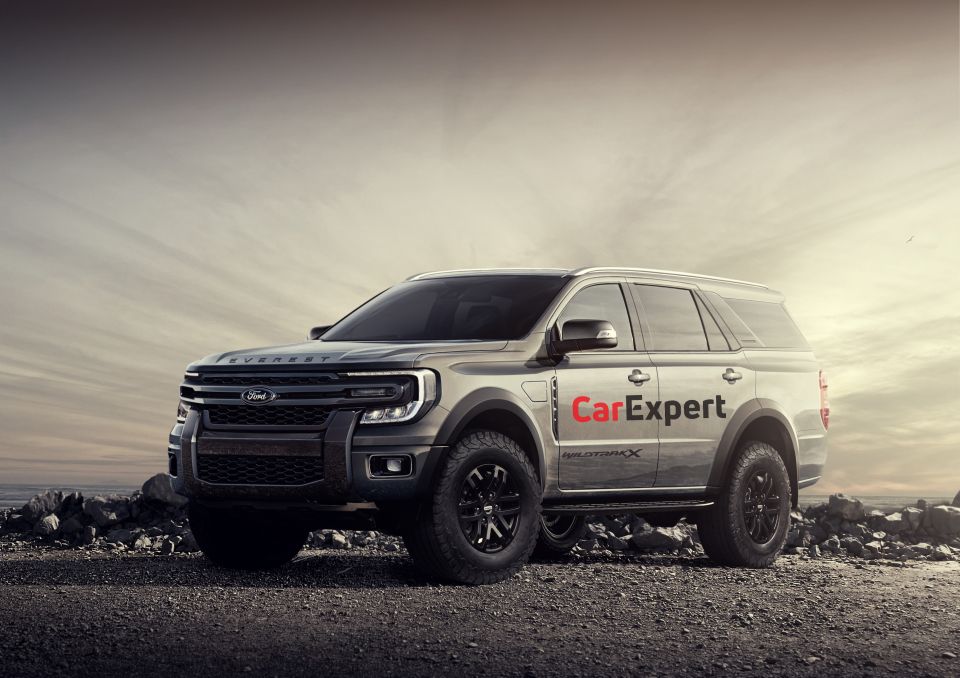
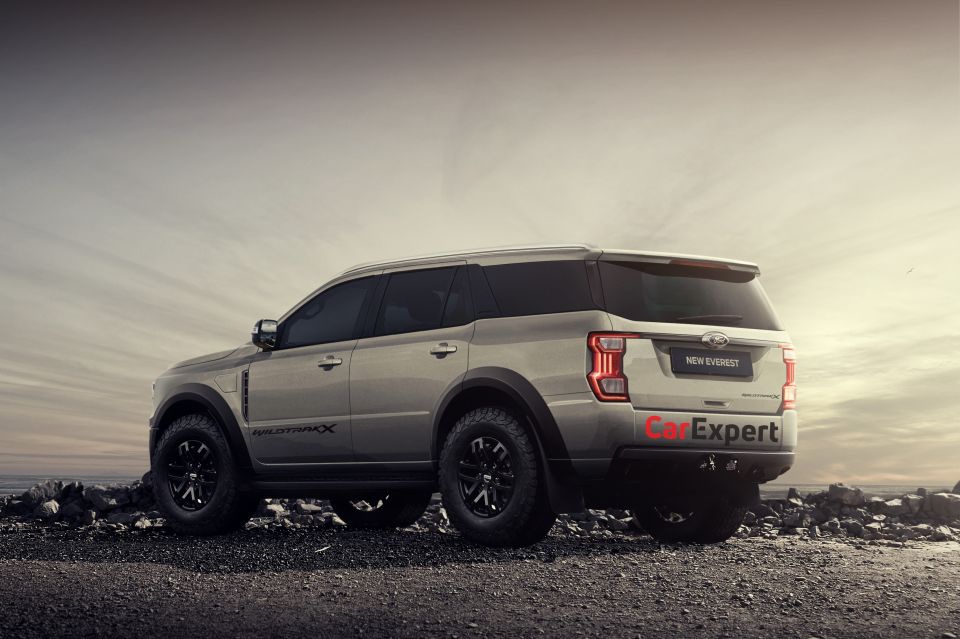
Revealed last year, the range-topping Bronco is available with a second-generation Nano 2.7-litre EcoBoost turbocharged V6 engine.
CarExpert expects the same engine to feature in the next-generation Ranger Raptor.
It outputs 231kW of power and 540Nm and torque, mated with a 10-speed automatic transmission and full-time all-wheel drive.
That’s a jump of 74kW and 40Nm on what’s offered by the current Ranger Raptor.
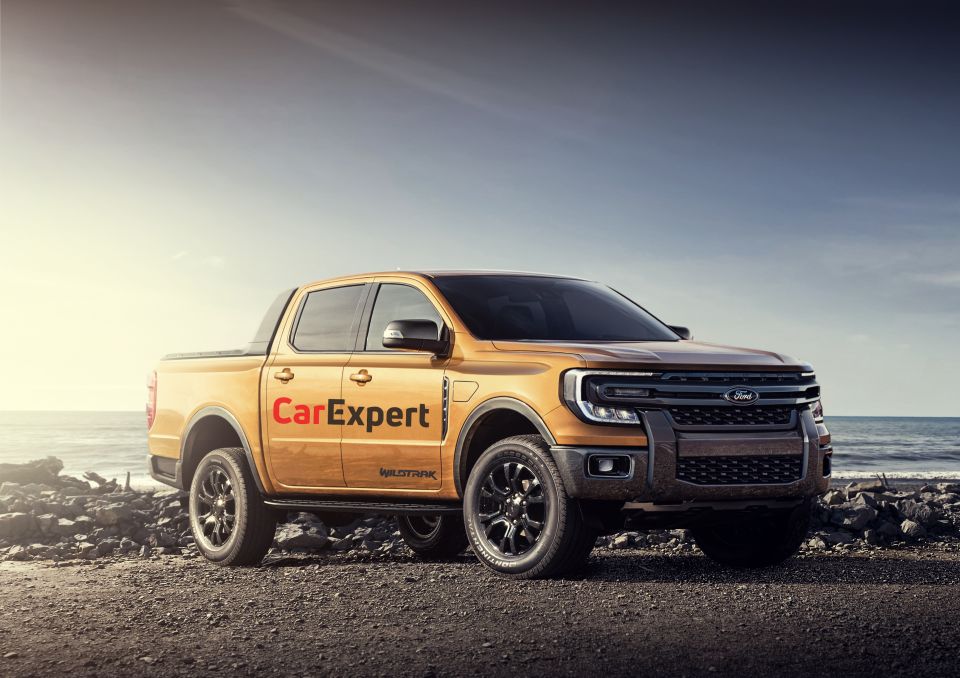
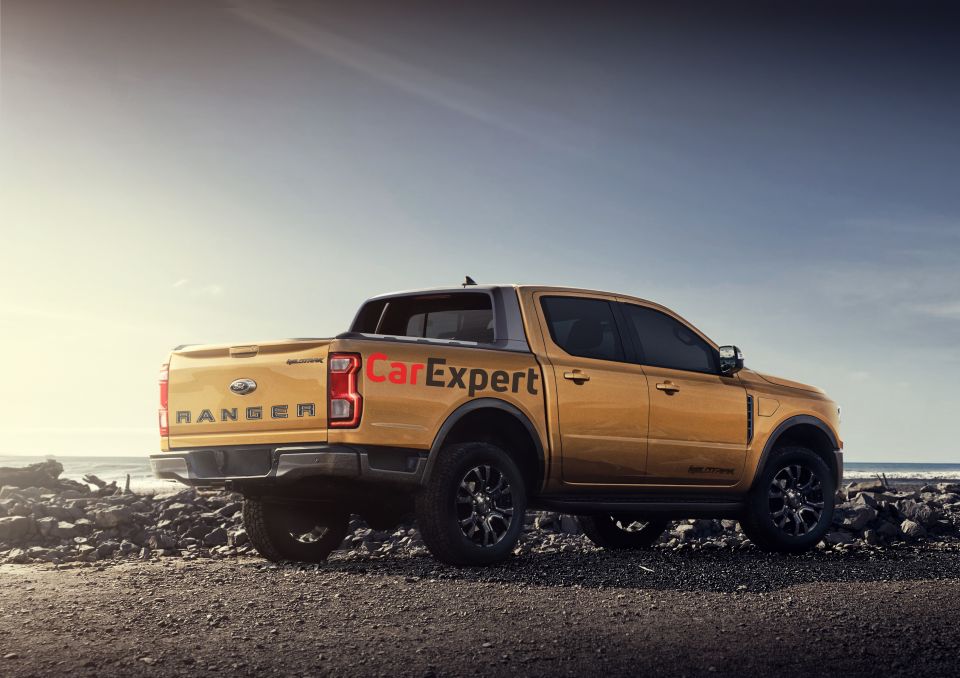
The final engine being offered for both Ranger and Everest, although unlikely to be available immediately at launch, is a 2.3-litre turbocharged four-cylinder petrol engine with a plug-in hybrid system.
A Ford Europe spokesperson confirmed that the brand’s commercial vehicle range, including the Ford Ranger ute, will be “zero-emission capable” by 2024, meaning the PHEV may lag the rest of the range by a year or two.
The Ranger and Everest PHEV will produce 270kW of power and 680Nm of torque, and is expected to offer a combined fuel economy of 3.0 litres of fuel per 100km.
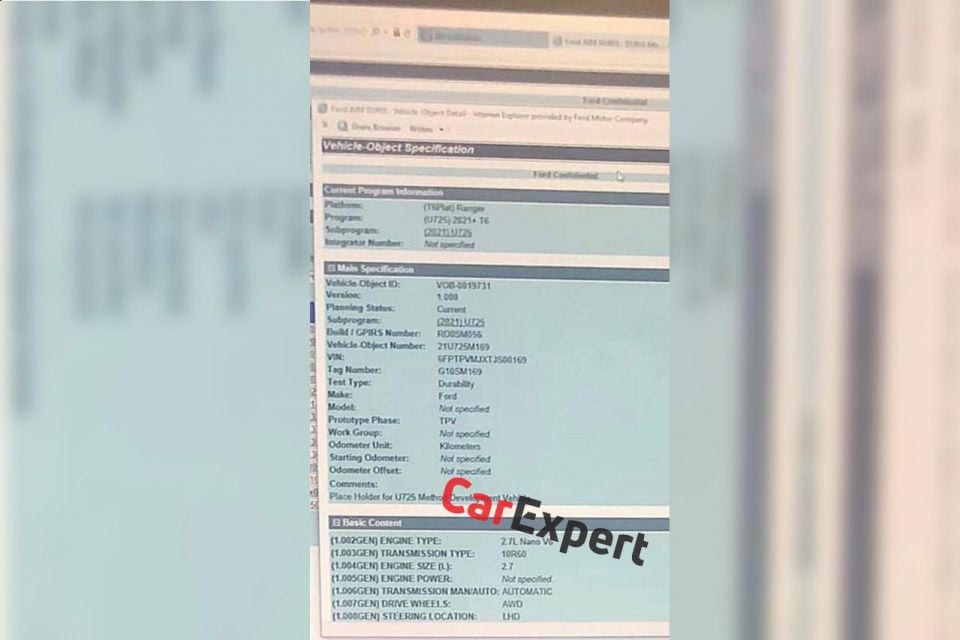
Our understanding is the plug-in hybrid engine is yet to be used in any Ford products globally. Currently, the Explorer PHEV uses a 3.0-litre turbocharged V6 and an electric motor, while the Escape PHEV uses a smaller 2.5-litre four-cylinder in combination with an electric motor.
The entire range will be mated to Ford’s 10-speed automatic transmission.
We put a series of questions about the information here to Ford Australia. Here are its responses.
CarExpert:How likely is Ford to offer a hybrid in the Ranger and/or Everest within the next 5 years?
FordAustralia: We have no specific plans to share on the next generation Ranger or Everest at this time. The biggest driver of technology and innovation in our line-up is customer feedback and demand, and we work tirelessly to ensure we bring products that reflect Australian tastes, needs and expectations.
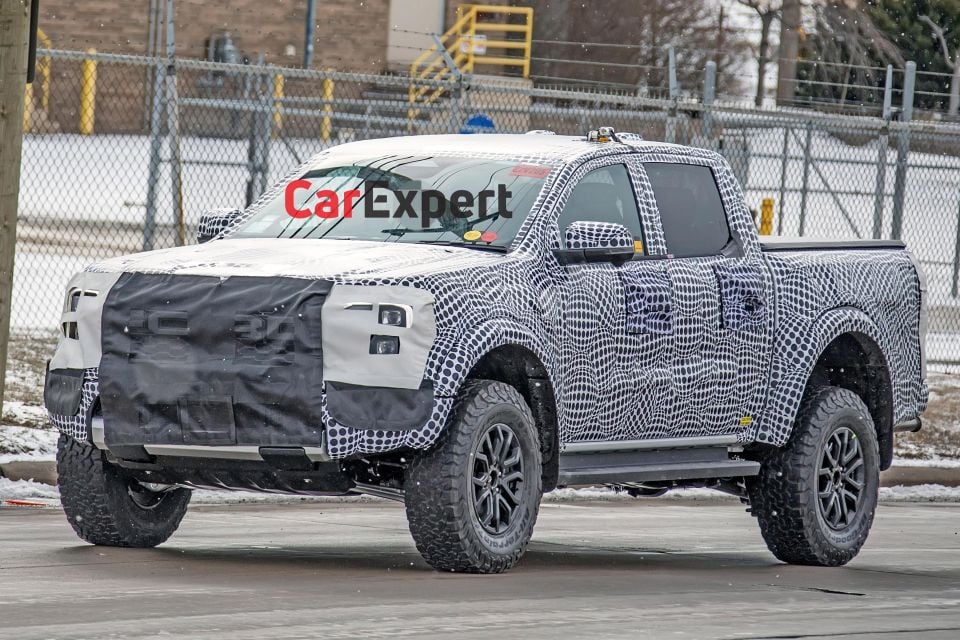
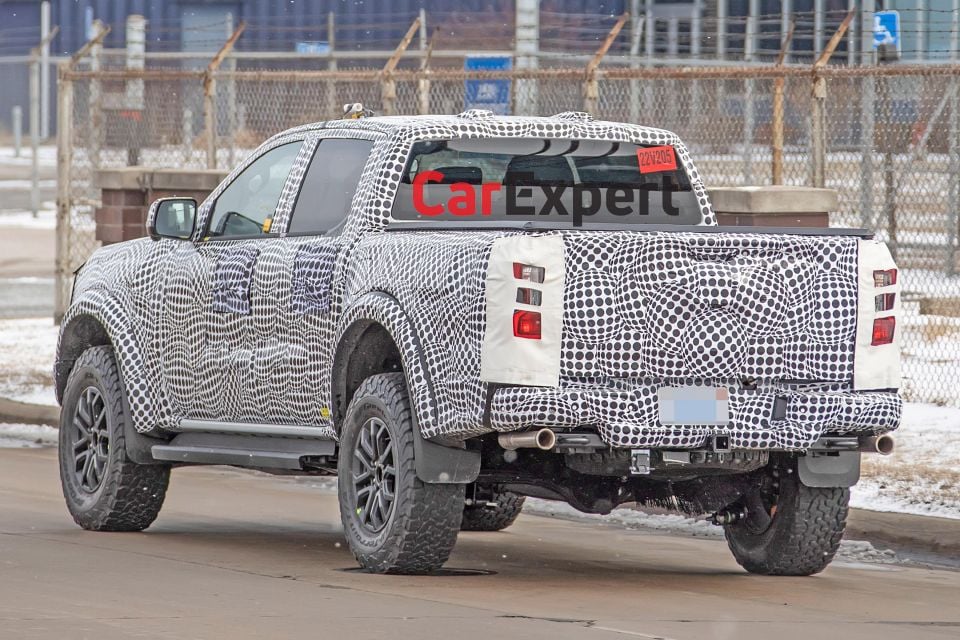
CE: How much engineering and/or design work is being done on the next generation of Ranger and Everest in Australia?
FA: The Ranger and Everest models’ design and engineering is Australian-led and includes work carried out at our centres at Campbellfield, which hosts design and engineering teams, as well as our Geelong engineering capability only a short distance from Ford’s You Yangs Proving Ground.
These assets enable our expert teams from around the globe to input into Ranger, which is sold in over 180 markets worldwide, with the capability to conduct rigorous testing and analysis for the highest quality and standards for our customers.
E: Will the next generation of Ranger launch ahead of the Amarok equivalent?
FA: We cannot comment on VW products or timings.
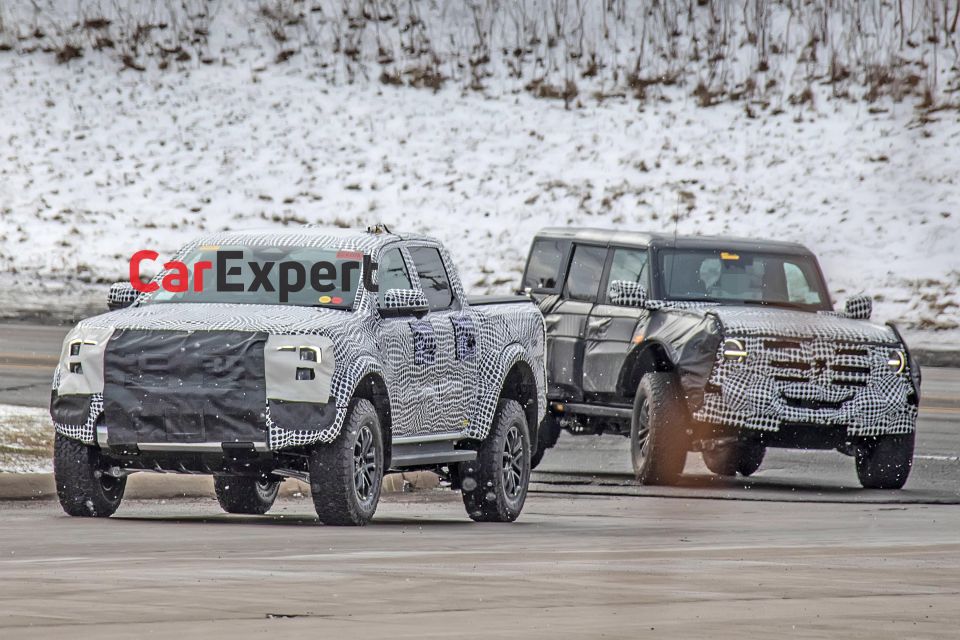
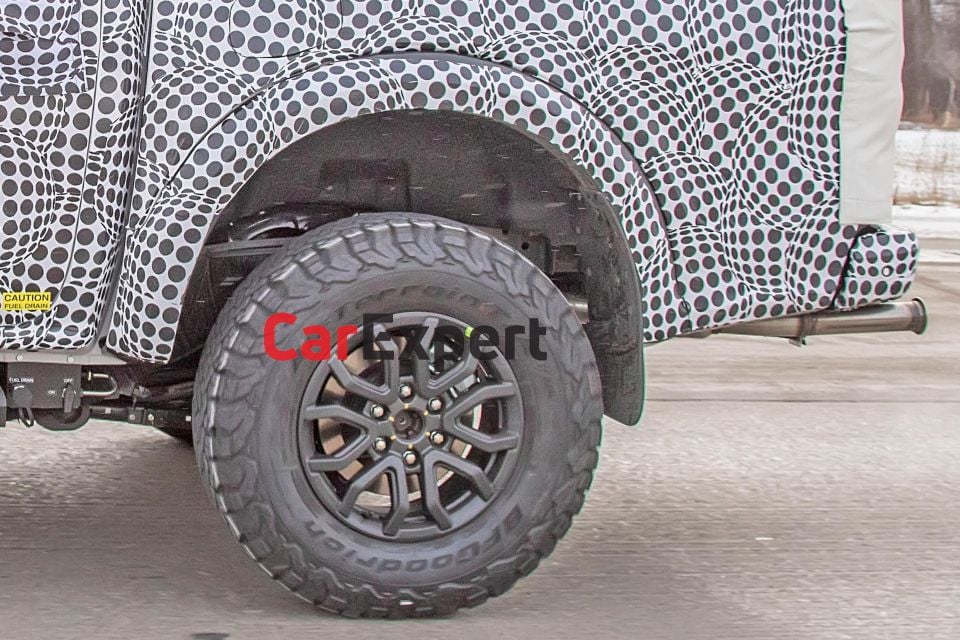
CE: Will Thailand remain the manufacturing facility for Ranger and Everest, and will Amarok follow suit?
FA: We cannot comment on VW products or timings. Ranger for Australia is produced in our Thailand plants, however Ranger is also produced in various locations around the globe, including South Africa and North America.
Processes are shared across plants to ensure the highest quality for customers in every market.
Read up on the top 10 best selling cars in Australia in 2021:
Where expert car reviews meet expert car buying – CarExpert gives you trusted advice, personalised service and real savings on your next new car.
Paul Maric is a CarExpert co-founder and YouTube host, combining engineering expertise with two decades in automotive journalism.


William Stopford
3 Hours Ago


Josh Nevett
4 Hours Ago


Ben Zachariah
20 Hours Ago


CarExpert.com.au
1 Day Ago


Damion Smy
2 Days Ago


Damion Smy
2 Days Ago